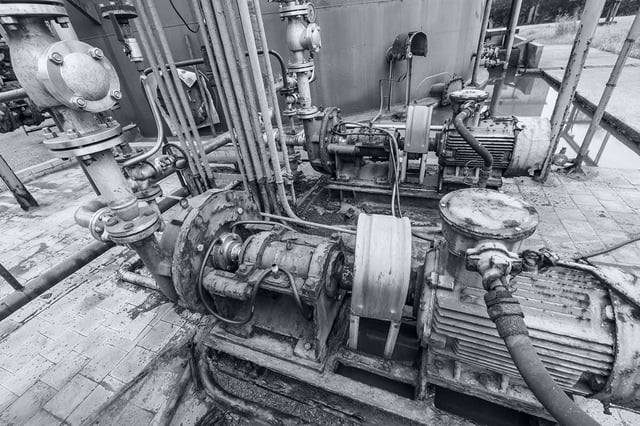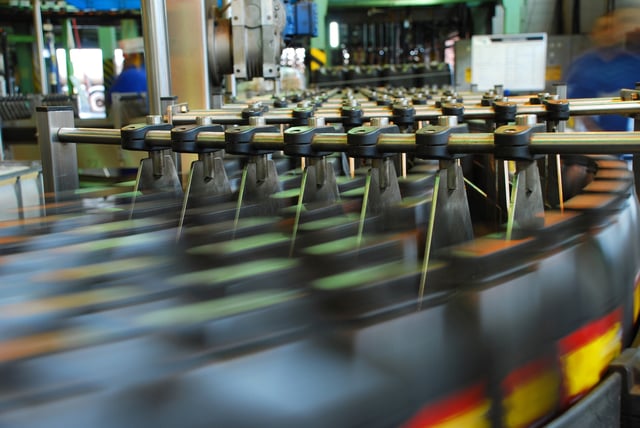A study by the Enterprise Strategy Group found that unplanned downtime for the average manufacturing plant can cost anywhere from $30,000 to $50,000 per hour. Manufacturers who are able to implement strategies to help customers reduce unplanned downtime will have a significant competitive advantage. One way to offer a low-cost service solution which can drastically reduce unplanned downtime is with a condition-based maintenance strategy created using IoT.

Real-time data about the condition of machine components can help OEMs extend their customers’ purchasing cycle and achieve significant maintenance cost savings by enabling quicker more accurate diagnoses, proactive and specific service, and better management for replacement parts. IoT applications that leverage edge computing and an application enablement platform can create this value for the customer and provide benefits now and in the future.
What is CBM?
Condition-based maintenance with IoT uses telemetry data from sensors to monitor the health of assets like engines, pumps, compressors, etc. The data collected can be used to understand trends, monitor performance, quality or indicate upcoming failure. Condition-based maintenance allows owners to respond proactively to inconsistencies and conduct targeted repairs instead of diagnosing with limited information, funding hours of scheduled maintenance or responding only after a failure.

A return on the time and cost investment of embracing an IoT strategy can be obtained by offering customers new services that focus on the following opportunities:
- An affordable and transparent service option for customers
- Streamlining existing service calls
- Creating a maintenance schedule for products based on real-time information
- The ability to collect data from the field for predictive analytics and future design changes
- Offering equipment as-a-service models
Getting Started with CBM
Creating a CBM solution will require an initial investment but not always a complete overhaul. Many manufacturers can begin to implement condition-based maintenance solutions with existing equipment. In many cases, a technical team or systems integrator (SI) can use edge computing to retrofit legacy machinery to gather data about a machine’s status and component conditions. An IoT platform will then allow users build applications to store, visualize and analyze the data that is collected.

We’ve been able to help many of our clients execute this condition-based maintenance solution for their facilities using the Losant Enterprise IoT Platform; and, in some cases, those clients have been able to pass the value on to their customers. If you are interested in discussing what it would take to implement CBM in your environment, talk to one of our experts today.
Verizon, for example, is now able to offer its customers the ability to switch from preventative maintenance to condition-based maintenance using an application built on the Losant IoT platform. OEMs who choose Verizon's IoT solution can integrate CBM and service-based solutions into their supply chains.
Long-Term Benefits of CBM
The advantages of condition-based maintenance are receiving immediate maintenance cost savings and production efficiency. In addition, enterprises can use the data collected from condition-based maintenance solutions to build a bank of historical data for predictive maintenance or machine learning models. OEMs specifically can implement sensors into new products to help receive data back from the field while their products are being used in their intended environment. Today, product managers rely on customer feedback, data collected from maintenance teams, or focus group studies to get post-purchase product information that influences future innovation and design. With IoT, there’s no need to wait. Fielded data allows manufacturers to understand how users are interfacing with a product, know which features are used or could be improved and how the product holds up in its environment.
If you would like to read more about condition-based maintenance, download our solution brief here.
